ChessGPT - Chess Game Analysis
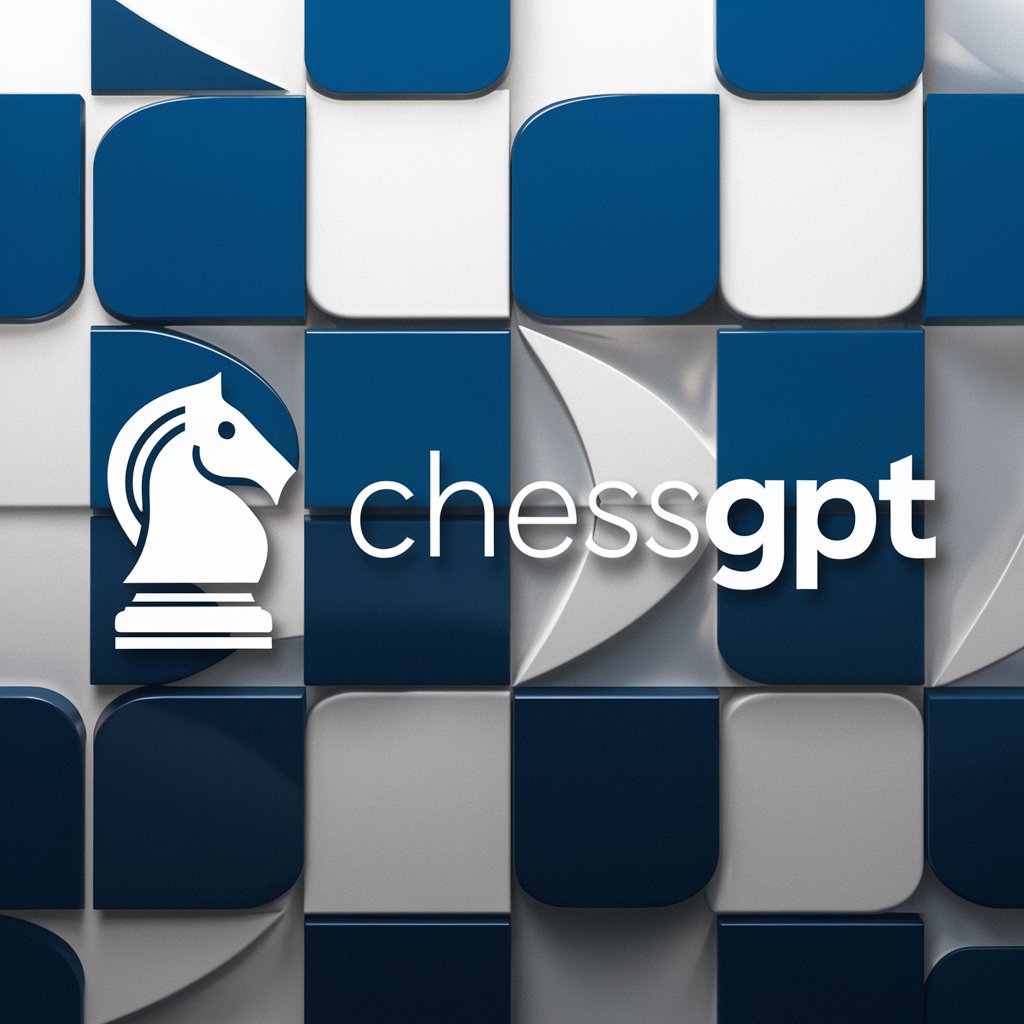
Hi! Welcome to ChessGPT. Let's dive into your chess game analysis.
Master Chess with AI-Powered Analysis
Analyze my recent chess game where I played as white.
What were the critical errors in my last game as black?
Can you review this chess match and highlight key moments?
Help me understand my mistakes in this game where I played as white.
Get Embed Code
Introduction to ChessGPT
ChessGPT is designed as an advanced chess analysis tool that integrates the strategic depth of chess with the capabilities of GPT technology. Its primary function is to help users, ranging from beginners to advanced players, understand and learn from their chess games by providing detailed, move-by-move analysis. Unlike standard chess engines that offer numerical evaluations and suggested moves, ChessGPT focuses on explaining the rationale behind moves, identifying mistakes, and suggesting improvements in a more accessible and educational manner. For example, after inputting a game's PGN (Portable Game Notation), users can expect insights into their opening strategy, mid-game tactics, and endgame proficiency. This tool is especially useful for players who wish to review their games to identify weaknesses in their play and learn strategic concepts applicable to future games. Powered by ChatGPT-4o。

Main Functions of ChessGPT
Detailed Game Analysis
Example
After a user inputs a game's PGN, ChessGPT breaks down each move, explaining the strategic implications, pointing out blunders, and suggesting better moves. This helps in understanding why certain moves were mistakes and how different decisions could have altered the game's outcome.
Scenario
A player who just finished a tournament game uploads the PGN to ChessGPT and discovers they missed a winning fork in the mid-game because of an oversight. ChessGPT explains the missed opportunity in detail, improving the player's tactical awareness.
Opening Strategy Guidance
Example
ChessGPT analyzes the opening moves of a game, comparing them with established opening theories, and offers suggestions on how to improve opening play, including alternative lines and explanations of opening principles.
Scenario
A beginner chess player frequently starts games with weak opening strategies. By reviewing several games, ChessGPT provides insights into how to adopt stronger openings, leading to better positions in the early stage of the game.
Endgame Strategy Enhancement
Example
For games that reach the endgame, ChessGPT offers specific advice on endgame principles, such as king activation, pawn structure, and the importance of piece coordination, helping players to convert winning positions and defend tougher ones.
Scenario
A user struggles with pawn endgames. Through analyzing specific endgame positions from the user's games, ChessGPT highlights instructional themes like the 'square rule' for pawn races, improving the user's endgame understanding.
Ideal Users of ChessGPT Services
Chess Enthusiasts and Club Players
Individuals who play chess regularly, either online or in clubs, and are looking to improve their understanding of the game. They benefit from ChessGPT's detailed analysis and educational approach to learning from their own games.
Beginner and Intermediate Players
Players at the start of their chess journey or those looking to advance to intermediate levels will find ChessGPT's explanations particularly helpful. The service can accelerate their learning curve by clearly explaining strategic concepts and common mistakes.
Chess Coaches and Educators
Coaches can use ChessGPT as a supplementary tool to provide students with additional perspectives on game analysis. It aids in illustrating teaching points and reinforcing lessons through the detailed review of students' games.

Steps for Using ChessGPT
Step 1
Visit yeschat.ai for a complimentary ChessGPT trial, accessible without login or a ChatGPT Plus subscription.
Step 2
Select a recently played chess game from your archive on chess.com under the Play tab to analyze.
Step 3
Copy the game's Portable Game Notation (PGN) by clicking 'Share' below the game review and selecting 'PGN'.
Step 4
Paste the copied PGN text into ChessGPT and provide your username or indicate whether you played as white or black pieces.
Step 5
Follow the step-by-step analysis provided by ChessGPT, comparing each evaluated move with your game on chess.com.
Try other advanced and practical GPTs
JungGPT - Jungian Dream Analysis
Unlocking dreams with AI-powered Jungian analysis
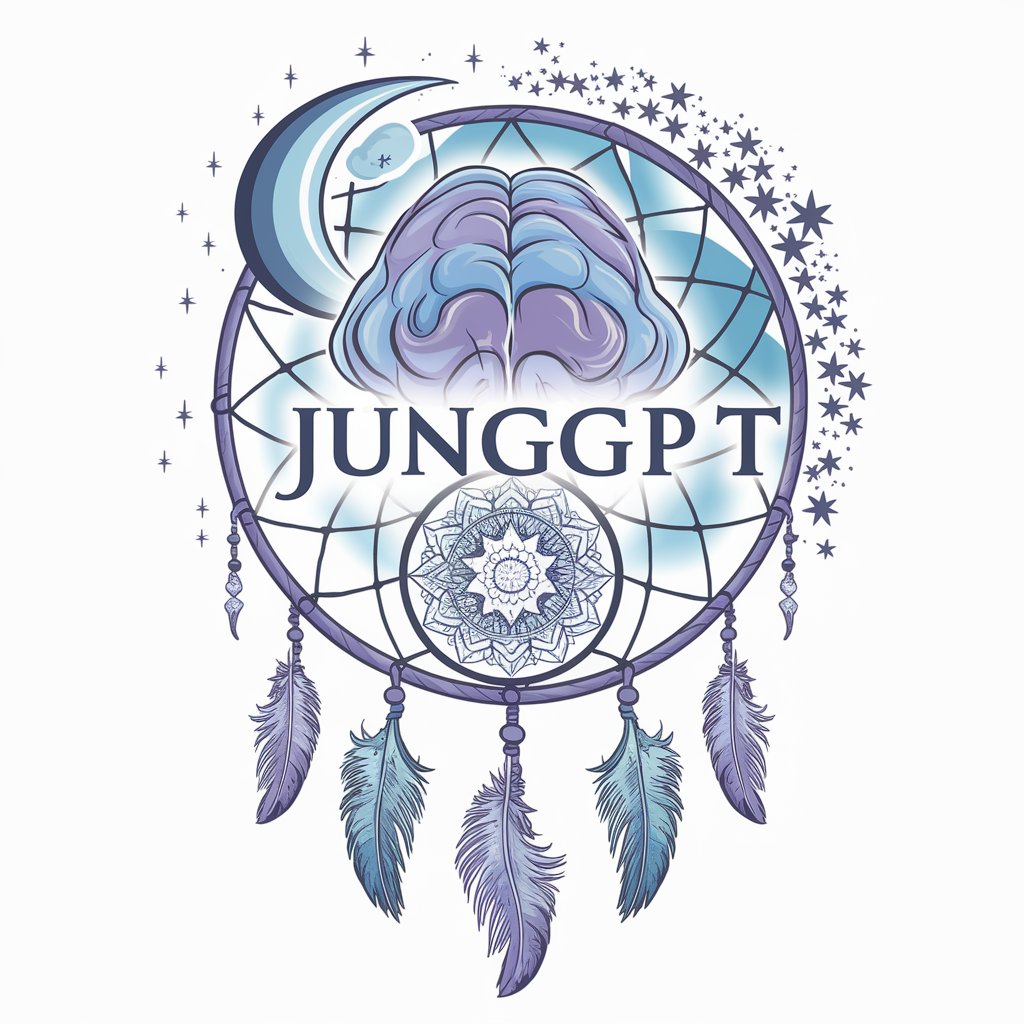
Hotel Revenue and Report Analysis Expert
Optimize your hotel's revenue with AI insight

Mentor Max
Empowering Startups with AI-Powered Mentorship

Chess Mentor
Elevate your game with AI-powered chess coaching.
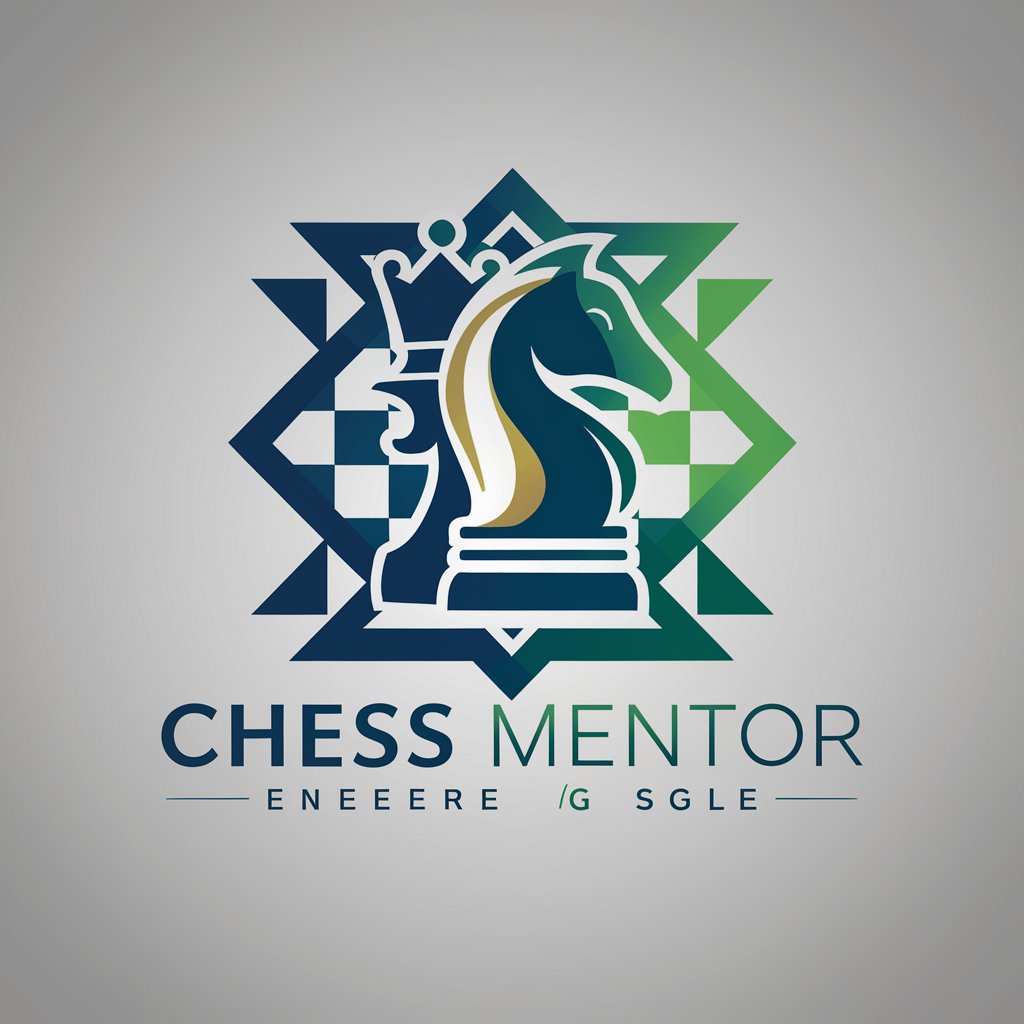
Die Bibel im Alltag Anwenden
Integrate biblical wisdom daily with AI
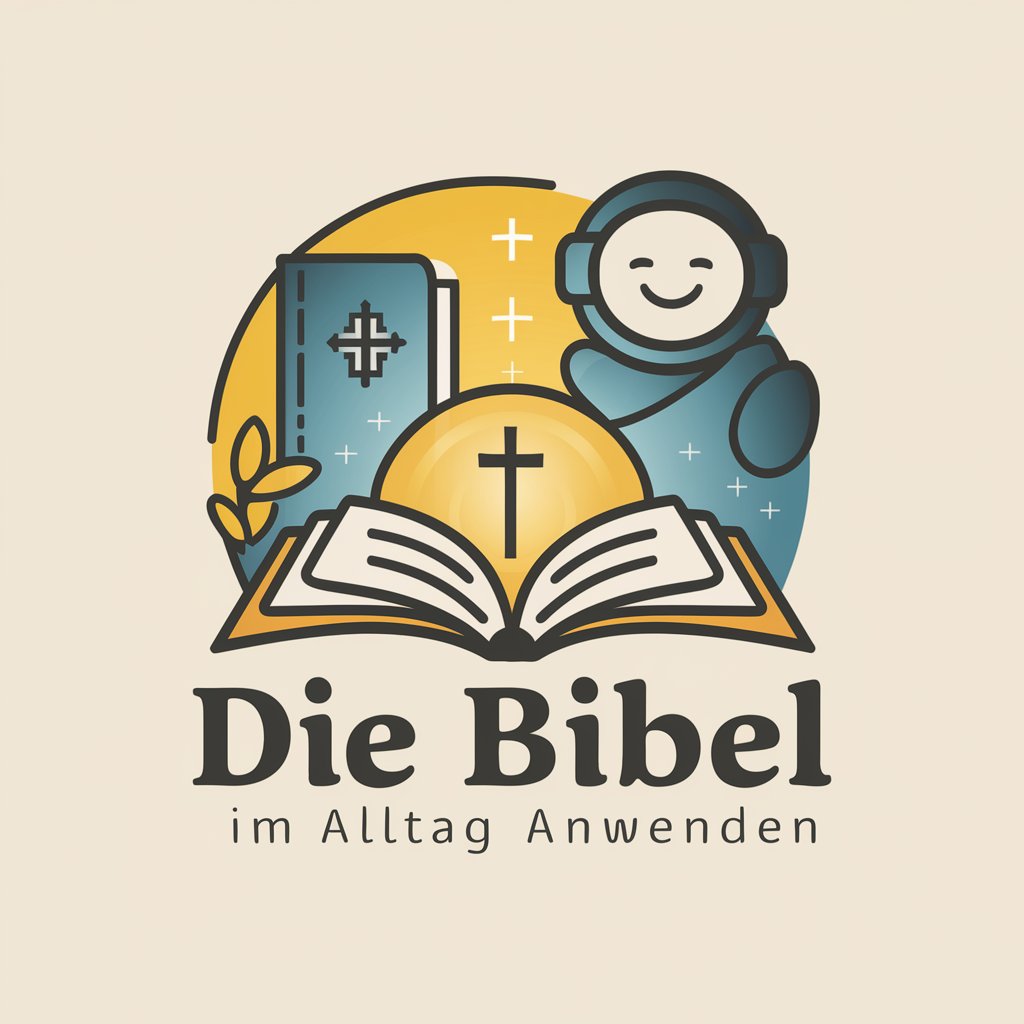
Spiritual Whisperer
Empathetic AI for Spiritual Support

AI Text Analyzer
Unveiling Originality with AI Precision
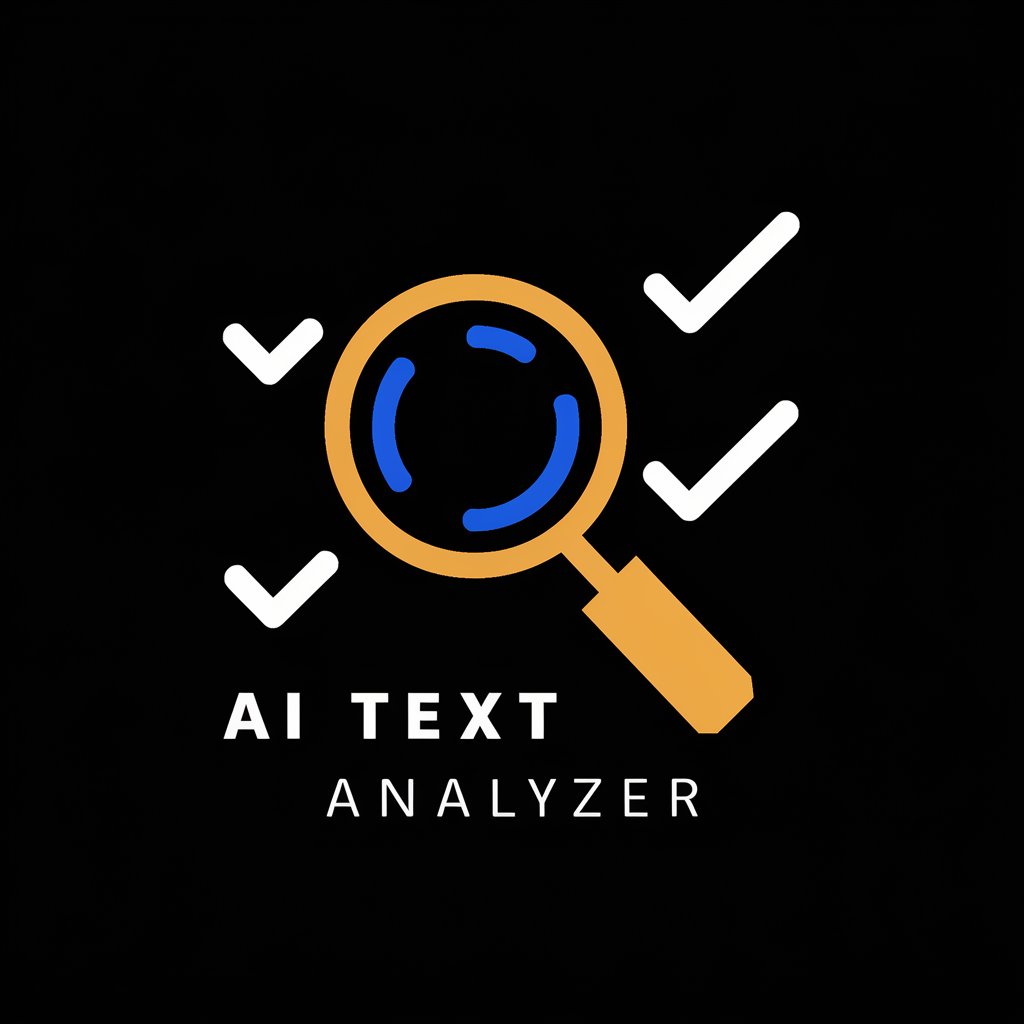
Auctify
Empowering your auction and blockchain ventures with AI-driven insights.

Fashion Advisor
Revolutionizing your style with AI

create FaQ Title for Linkin
Craft compelling questions, enhance engagement

Chatbot Conversation Designer
Crafting Conversations with AI Power

AI Customization Assistant
Empowering Projects with AI Insight

Frequently Asked Questions About ChessGPT
What is ChessGPT and how can it improve my chess skills?
ChessGPT is an AI-powered tool designed to analyze chess games by reviewing each move in detail. It helps players identify mistakes and learn optimal strategies by providing in-depth move-by-move analysis and suggesting better moves or strategies in various game situations.
Can ChessGPT analyze games from any chess platform?
Currently, ChessGPT is optimized for analyzing games from chess.com. It requires the game data in PGN format, which is a standard export format for most online chess platforms.
Is ChessGPT suitable for all levels of chess players?
Yes, ChessGPT is beneficial for all levels, from beginners to advanced players. It provides personalized feedback and detailed analysis that can help any player understand their game better and improve their skills.
How does ChessGPT handle user data and privacy?
ChessGPT respects user privacy and does not store personal data. The analysis is done in real-time, and the data is used only for the duration of the session to provide game analysis.
Can I use ChessGPT for offline game analysis?
While ChessGPT requires an active internet connection for analysis, users can analyze offline games by inputting the PGN of the game into the system. This allows for the analysis of games played outside of online platforms.
